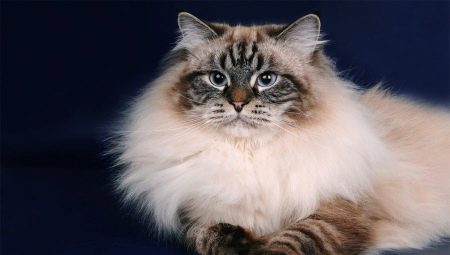Today, as pets in a person’s home, you can find quite outlandish reptiles, birds and animals. But cats are most often brought into the house, so these pets are represented in a wide variety of breeds. Among the rather young, but already popular, it is worth highlighting the Neva masquerade cat, which has gained popularity around the world in a rather short period of time.
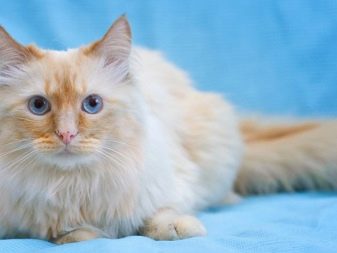
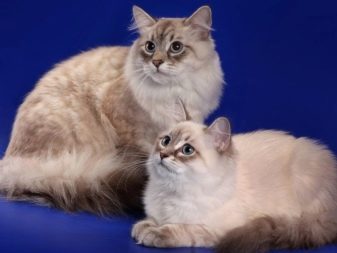
Origin history
In the appearance of this breed of long-haired cats, people did not participate. The ancestors of Neva masquerade cats are individuals of the Siberian and Siamese breeds. As a result, the St. Petersburg cat adopted from his parents a well-developed strong physique and rather thick coat. Besides, the animal inherited strong immunity.
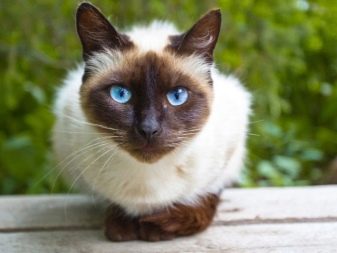
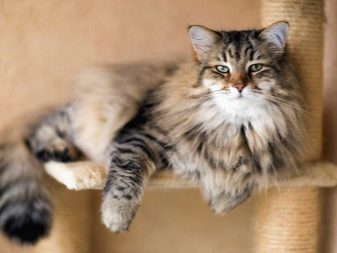
From the Siamese breed, the pet received the predominant light coat color and a dark mask on its face, which was reflected in the name of the cats. Also, Siamese cats passed on to their descendants a very beautiful blue pupil color, which, in combination with the exterior features, distinguishes cats from other varieties and breeds.
There is also a version that the Neva cat owes its origin to the Siberian aboriginal cats, crossed with the Persian color point. therefore animals of this breed are sometimes called Siberian color points. For the first time cats with blue eyes and an unusual coat color were presented at the Leningrad exhibition in the late 90s, where they were given a very beautiful name - Neva Masquerade.
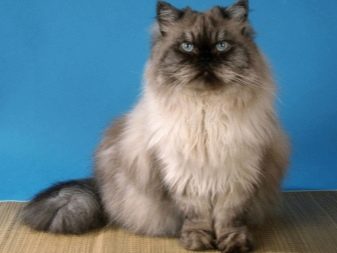

FIFE and WCF animals were recognized only in 2009.
Description
Animals of this breed are notable for such features as grace and strength. In addition, breeders of Neva cats characterize them on the positive side of a relatively calm disposition, resistance to many ailments. The fundamental characteristic of the breed is the absence of an allergic reaction in humans to animal hair. Siberian color points have practically no antigens in saliva, which are allergy provocateurs. This quality makes it possible to keep a Neva masquerade cat in almost every family.
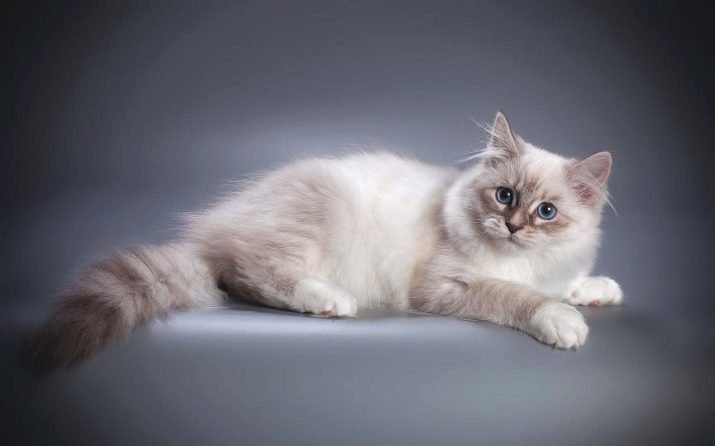
It is worth highlighting the basic exterior standards of these cats.
- Head. Cats and cats of this breed have a massive skull of trapezoidal shape. The forehead is sloping, with a smooth transition to the bridge of the nose. The chin does not protrude much, the cheeks are medium in size. The ears of animals are set wide, may have a slight slope to the muzzle. The presence of brushes is allowed on them. The eyes are rounded and slightly slanted, with an upper arched eyelid. The color of the pupils is blue, however, various variations of the shades of this color are allowed.

- Torso. Cats of this breed are among the largest in the world, because animals are not much behind the illustrious giants among the representatives of the cat family - Maine Coons. The body has a large skeleton, the muscles are well developed. No less strong in cats are the limbs, which together with the body visually make up a regular triangle. The paws of cats have a rounded shape, the hair grows even between the fingers. The tail is quite wide, with a curvature towards the end. The weight of Leningrad cats is about 5-6 kilograms, while males can weigh 2-3 kilograms more than females.
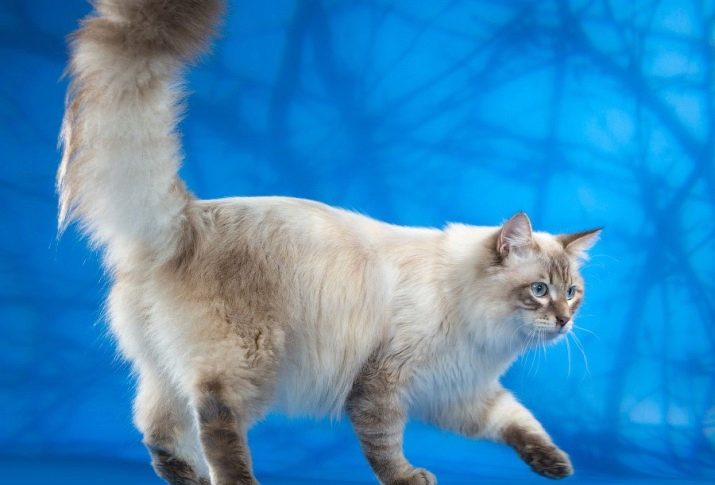
- Wool. The breed belongs to the long-haired (smooth-haired representatives of this breed cannot be by standard). The wool of these animals is distinguished by the fact that it has dirt and water repellent properties from birth. In addition, in the fur coat of the Neva cats, almost no tangles are formed. In animals, a certain gradation is observed, which concerns the length of the coat. As a rule, it will be longer in the region of the shoulder blades, and on the sides the hair is shorter and many times softer. The exterior of the cat is not without decorations. They are represented by beautiful “panties” and a magnificent “collar”. In animals, there is a double undercoat, the state of which is completely dependent on the season.
As a rule, in the summer period it is expressed minimally and is quite tightly attached to the body. With the advent of cold weather, the hair becomes longer and thicker, which also affects the tactile sensations when stroking pets. During molting in animals, their inherent decorations become almost invisible.
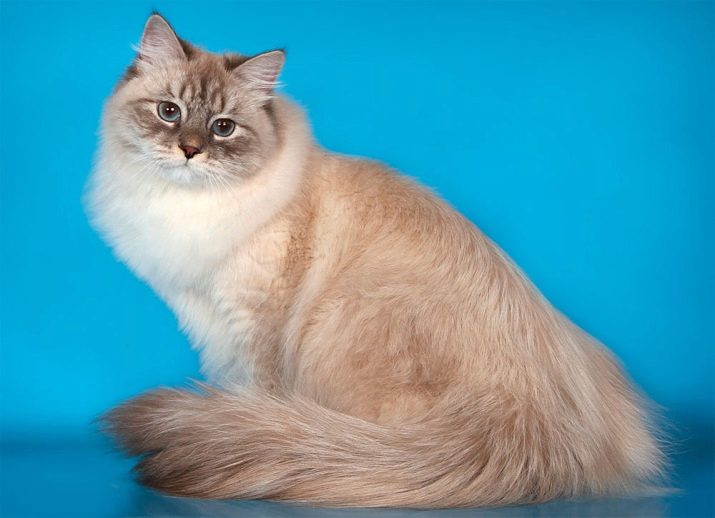
- The color of cats. The breed is characterized by very diverse coat colors. The main and most popular are the following options.
- Seal-point. Representatives of the cat family with this color are most often found. Animals have a light coat color with dark spots, concentrated on the ears, muzzle and tail.
- Red point In this case, the gradation of shades involves the transition of light tones to red colors.
- Blue point. Animals with this color have a bluish tint.
- Tortie point In this version of the coat color, only Neva cats are found.
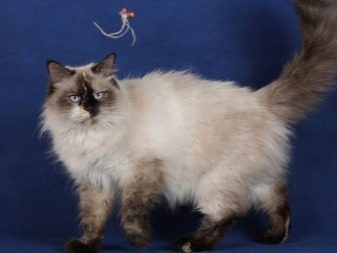
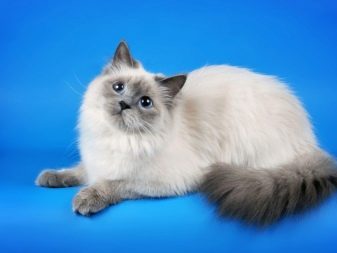

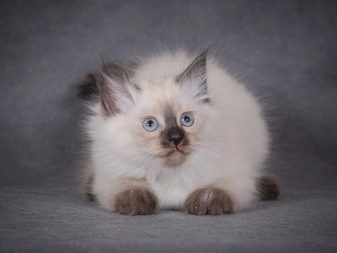
Cats can have a silvery shade of hair. According to the approved standards, the presence of white socks on the limbs is permissible.
Cats and cats should not be painted in absolute symmetry, so the spots can have any location, shape and size.
A kitten of the Siberian color point is born completely white in the color of its fur coat. And the coat will acquire its final color under the influence of a heat-sensitive gene, which will color only the coldest areas on the animal’s body in dark.
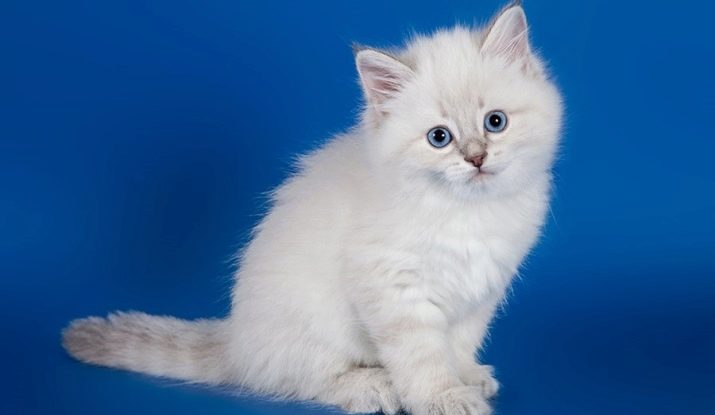
Character Features
As for the nature of these animals, the pet, living together with a person, demonstrates its balanced character, in addition, representatives of the cat family from childhood are very attached to their breeder. Moreover, cats get used not just to the habitat, but to their family members. Pets are social animals, however, their relationship with humans can be called partnership, not slave. Therefore in dealing with them you must avoid familiarity, because the cat is able to take offense for quite some time. Vengeance is not peculiar to this breed.
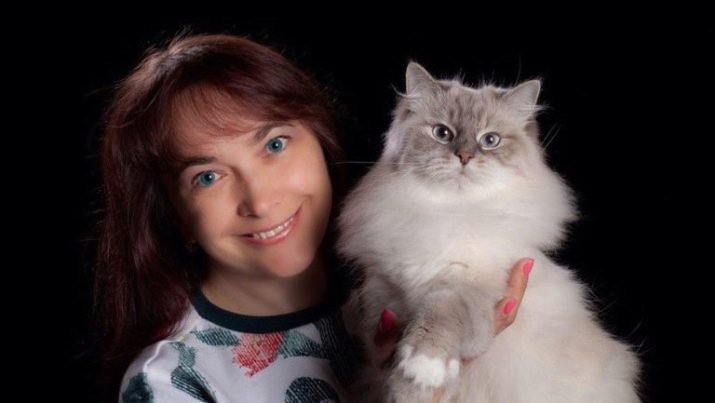
Advantages and disadvantages
The breed has its positive and negative features. The advantages include the following characteristics.
- The popularity of animals is due to their attractive exterior. This applies not only to the color, but also to the quality of the coat itself. Plus, cats and cats have pretty pretty faces.
- For keeping at home a very valuable advantage is the balanced temper of the feline family.
- Animals are characterized by developed intelligence.
- Despite the fact that the breed is in demand as an exhibition, in terms of grooming, Neva masquerade cats do not require any specific nuances of maintenance from the breeder.
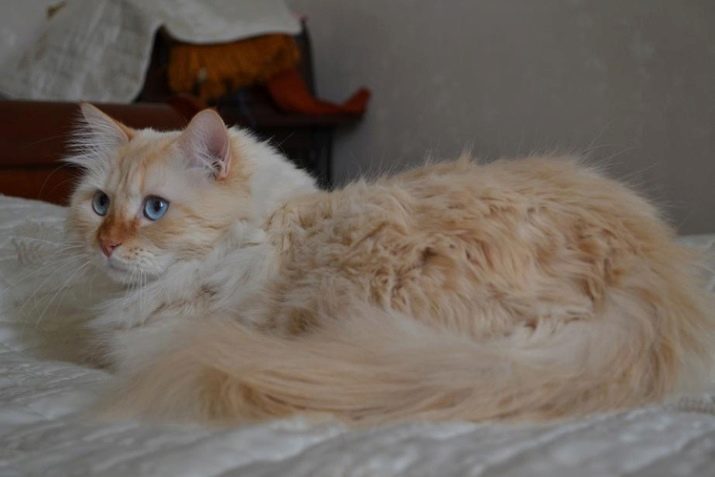
Among the minuses of the breed, the following features are distinguished:
- high cost of thoroughbred kittens;
- since the cat is not short-haired, more frequent cleaning will be required when keeping the pet at home.
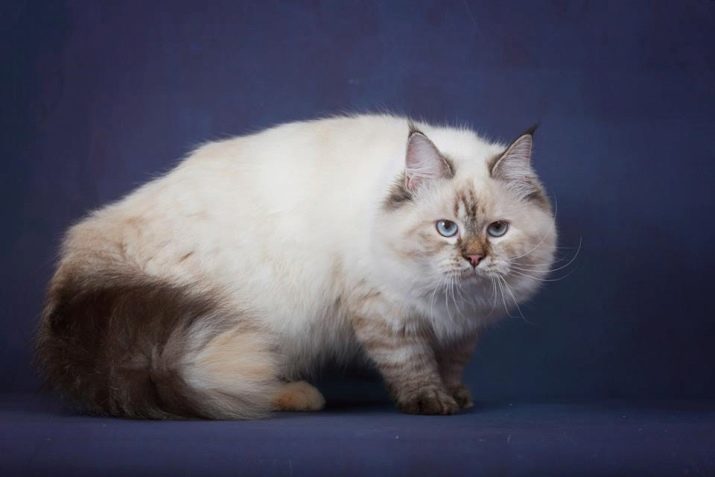
Life span
Siberian color points with good care live with a person for about 10-15 years. Among the representatives of this breed, there are also long-livers whose life cycle can exceed the established average values by half. Such features are inherent in cats due to congenital immunity, due to which pets are very rarely ill.

Among the diseases that can seriously reduce the life expectancy of animals of this breed, hypertrophic cardiomyopathy should be noted. Untimely diagnosis can lead to sudden death of the animal.
Conditions of detention
The main points regarding caring for a masquerade cat are similar to the nuances of keeping the rest of the feline family. The main emphasis in the process of caring for animals should be placed on the coat. Pets need to be combed out regularly, for this you will need a massage brush and slicker, which are used depending on the season and shedding of the cat. Also, for your pets you will need to purchase special shampoos for longhair cats.
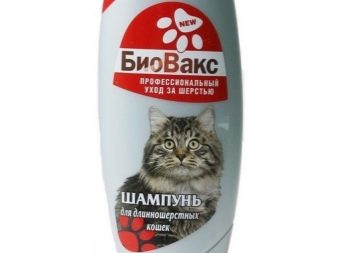
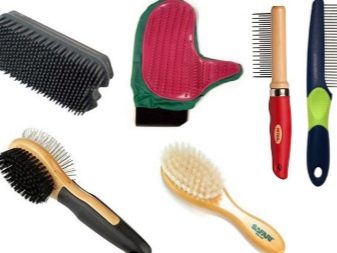
As a rule, molting occurs in cats twice a year, it is necessary to bathe it no more than once every two months. Neva Masquerade Cat Breeders Should Know combing the tail of the animal is prohibited. This is due to the structure of the hairs, which, with careless movement, can be very easily pulled out. This will adversely affect the external characteristics of the pet.
Cats are bathed in case of emergency. To carry out hygiene procedures, a rubberized mat is placed on the bottom of the bathtub so that the animal is comfortable in the water. The bath is filled with no more than 10 centimeters.
To avoid getting water in your ears, they are usually temporarily covered with pieces of cotton wool. It’s necessary to lather the animal twice, strictly in the direction of growth of the hair, you do not need to wet your head. After shampooing, the coat should be thoroughly rinsed with plain water.
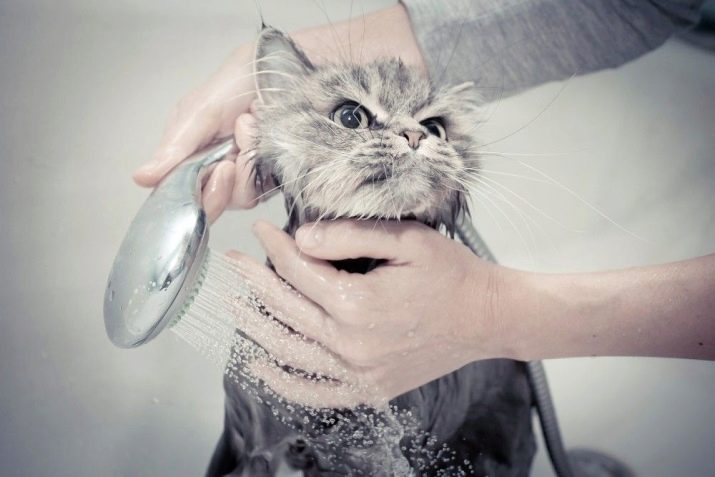
Drying a Neva cat after bath procedures is allowed with a towel or hairdryer. It is advisable to carry out all procedures quickly so that the animal does not get too cold. After bathing, the cat needs to be combed.
In addition to wool, grooming involves trimming claws, as well as brushing your ears, eyes and teeth. Oral hygiene should be carried out using special pastes and a toothbrush. Eyes and ears can be cleaned with cotton pads dipped in boiled water. Ears are usually cleaned no more than once a month.To facilitate the removal of sulfur and contaminants from the auricles, the breeder can purchase a special solution recommended for these purposes. You can also use a small amount of petroleum jelly, olive oil.
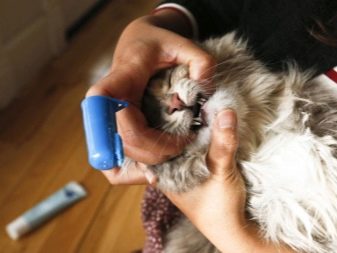
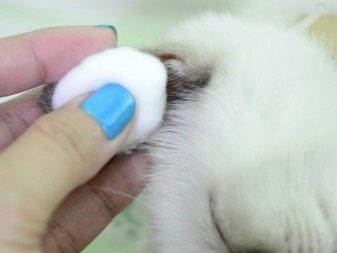
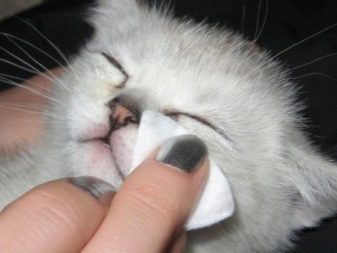
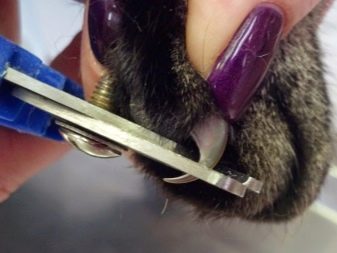
For eye care, in addition to water, a cotton swab can be moistened in tea leaves. In the process of purification, it is important to remove all unnecessary accumulations from the corners so that they do not fall into the lacrimal canal. With a large number of secretions, the cat should be shown to the veterinarian.
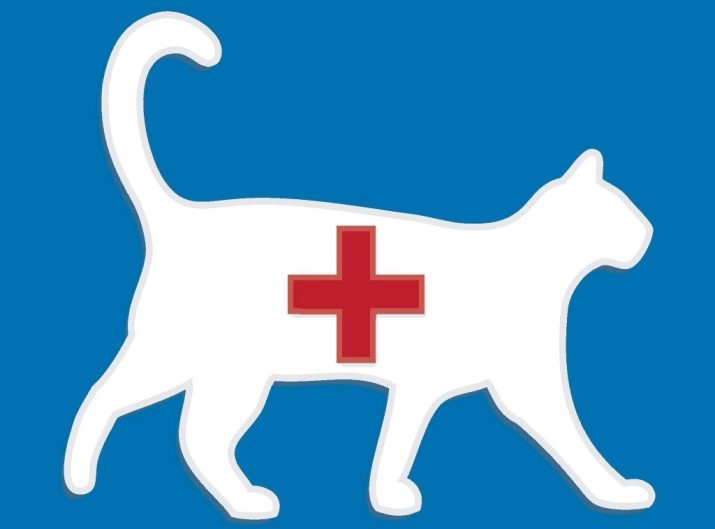
The pet will need to trim the claws if the animal clings to the surface of the furniture or carpets with their tips. In this case, they must be rounded, for this it is allowed to use manicure scissors. It is also recommended to shorten the claws before the exhibition, if the house contains several pets that can injure each other during the game. Cut them is allowed no more than 1-2 mm, and only the transparent part of the claw is subject to removal. These manipulations should be performed with extreme care so as not to catch the live part.
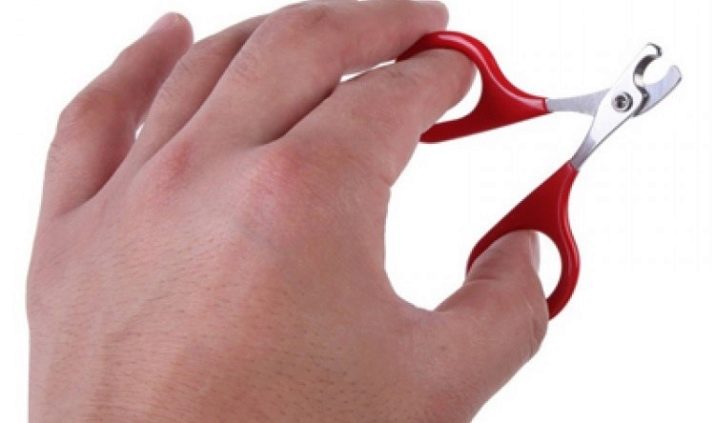
As a recommended measure for keeping this breed of cats at home, it’s worth highlighting walks with a pet in the fresh air. Animals with great hunting and curiosity spend time on walks.
Also, Siberian color points have not lost their hunting instincts, they are characterized by good endurance and lightning reaction. As the most suitable place for walking, it is worth considering a private area in the courtyard of a residential building; balconies are also suitable for walking if the cat lives in an apartment.
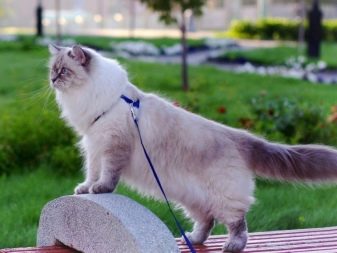
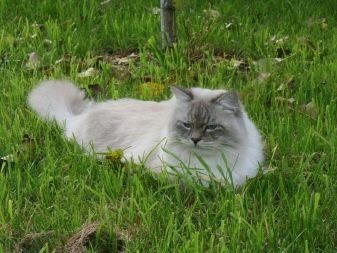
If the owner does not plan to use the animal for further breeding, most likely to be castrated or sterilized your pet. Such a step will help to avoid unnecessary random mating of the animal with representatives of the feline family of other breeds.
In addition, such a decision will be useful for the health of the pet, since unrealized natural instincts can provoke the development of serious diseases in him. Most often they are found in females. The optimal time for castration of cats is 8-9 months, cats are sterilized a little later, usually closer to a year.
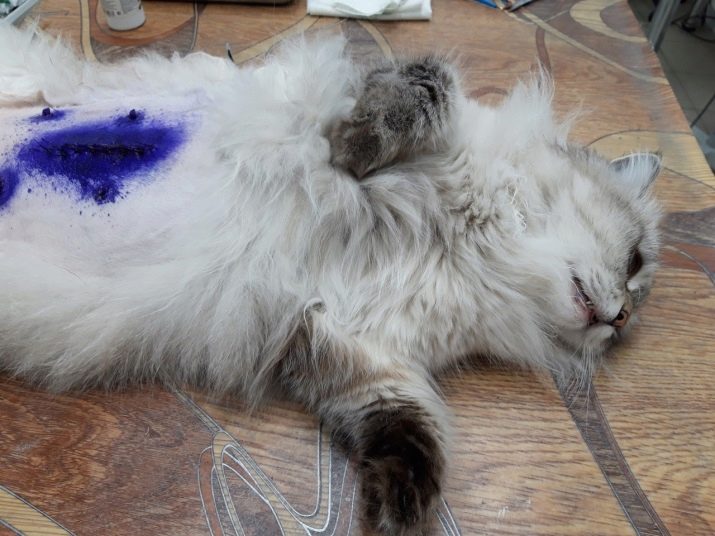
When keeping cats of this breed, it is also worth considering that the hairs that enter the animal’s stomach with food cannot be digested. With a large accumulation of them, the so-called fur balls are gradually formed, they can cause serious eating disorders in pets. If the Neva cat is not able to periodically get rid of them herself, then the breeder is recommended to help the animal by inducing vomiting. For this, the animal is infused one tablespoon of vegetable oil, for kittens the best dose would be a teaspoon.

Despite the breed’s resistance to most diseases, it is recommended to visit a veterinarian regularly with a Neva masquerade cat. To a greater extent, this is due to the control of the heart.
Another feature of these animals is the refusal to walk in a dirty tray, therefore It is necessary to clean the container with cat vital products regularly. To keep the animal’s hair fresh for as long as possible, it is recommended to select a wood filler for the tray. This option will also be suitable in the light of its characteristics to absorb odor well.
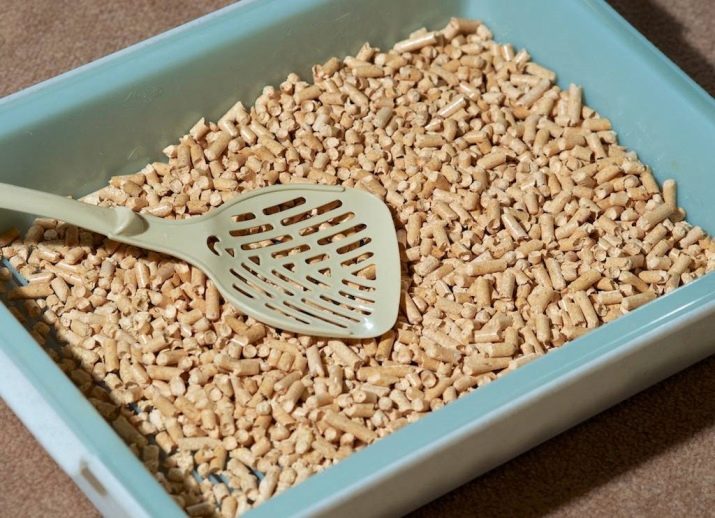
In order to avoid damage to upholstered furniture for cats, it is recommended to purchase several clawpads, placing them in different corners of the home. As toys for home color points you can buy balls, a variety of teasers, feather options for fun for cats.
Sound or flashing goods are recommended to be avoided, since the animal can disturb the owner at night with them. If the fancy kitten does not have personal toys, he can use for this purpose important things of his family members.They can be wires, chargers from phones, slippers, as well as dangerous objects that are not intended for the game.
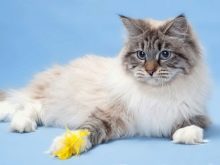

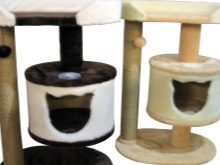
What to feed?
These animals stand out for their large size, however, they are not at all prone to obesity. The best option for feeding animals is two-time. The norm at one time will be 120-130 grams of food. It can be both premium dry food and natural food. Dry industrial feed will be an excellent prophylactic that prevents the formation of tartar.
The main ingredients in cats ’diets are meat and offal. The priority will be rabbit meat, beef or poultry, which will become indispensable sources of protein. Liver Neva cats need to be offered occasionally, since it can provoke changes in the color of the coat. Seafood also affects the color, so representatives of this breed are advised not to give fish at all.
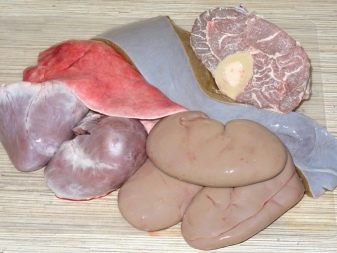

Sour-milk products should also be present in the diet of cats. Animals are better off purchasing foods that are low in fat. The priority is low-fat kefir, yogurt. Cats also need to be offered raw and stewed vegetables; they must be seasoned with a small amount of vegetable oil.


Kittens up to three months of age should be fed 4-5 times a day, by six months the pet is gradually transferred to three meals a day. An adult cat is considered to be one year old, then feeding will be two-time.
Under the ban are:
- fatty food;
- confectionery;
- pickles;
- spicy foods;
- food with dyes or other chemicals that can provoke an allergic reaction in the animal.
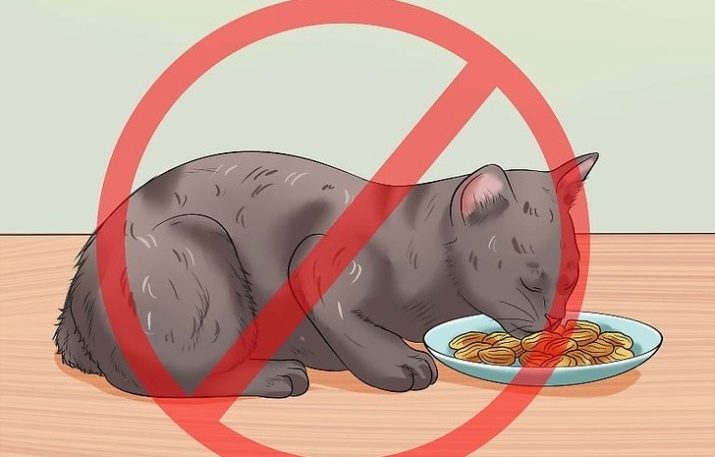
Water at the pet should always be freely available.
Breeding
Neva masquerade cat is not allowed to cross with animals of other breeds. It is recommended to look for a couple for your pet in advance. It is best to choose cats or cats for subsequent procreation among animals from nurseries, which are serious about maintaining the characteristics of purebred individuals.
Neva cats reach puberty much earlier than representatives of other breeds of the cat family. As a rule, the animal is considered sexually mature at the age of 9 months. This is due to the specific climatic conditions in which their ancestors were forced to live. In Siberian cats, due to circumstances, a high mortality rate was observed, therefore, to preserve the population, maturation occurred much earlier. Similar characteristics were transmitted to their direct descendants.

As for the opinion of breeders of Siberian color points, they do not recommend mating until cats reach the age of one and a half months.
Cats are best left with an already more experienced partner. Pregnancy in these animals lasts 9 weeks. Well-developed maternal instinct is inherent in cats of this breed, so you can safely entrust all worries about offspring to her.
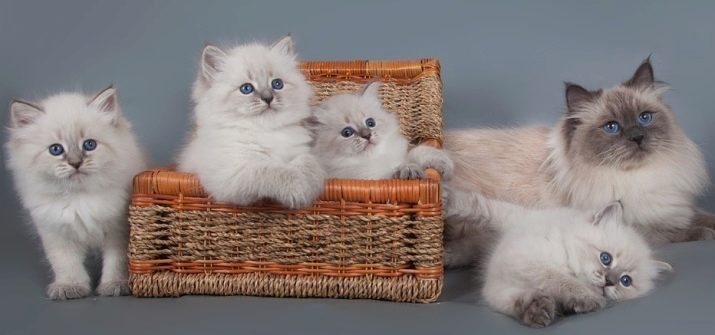
Owner reviews
According to the responses of breeders of pets of this breed, cats when communicating with humans demonstrate their flexible disposition and affection. But if necessary, the animal is quite capable of giving a serious rebuff. After acquiring a kitten, special attention should be paid to its early accustoming to the tray, otherwise the owner may have serious problems, as cats are able to show some stubbornness.
Neva Masquerade Cat It gets along well with small children, in some families it gets along well even with dogs.
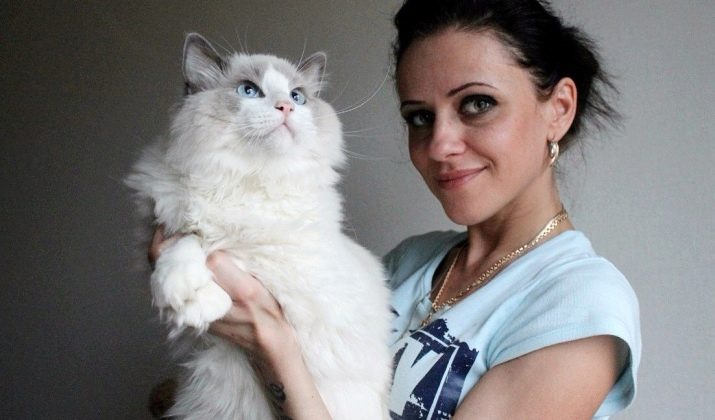
About the features of this breed, see below.
